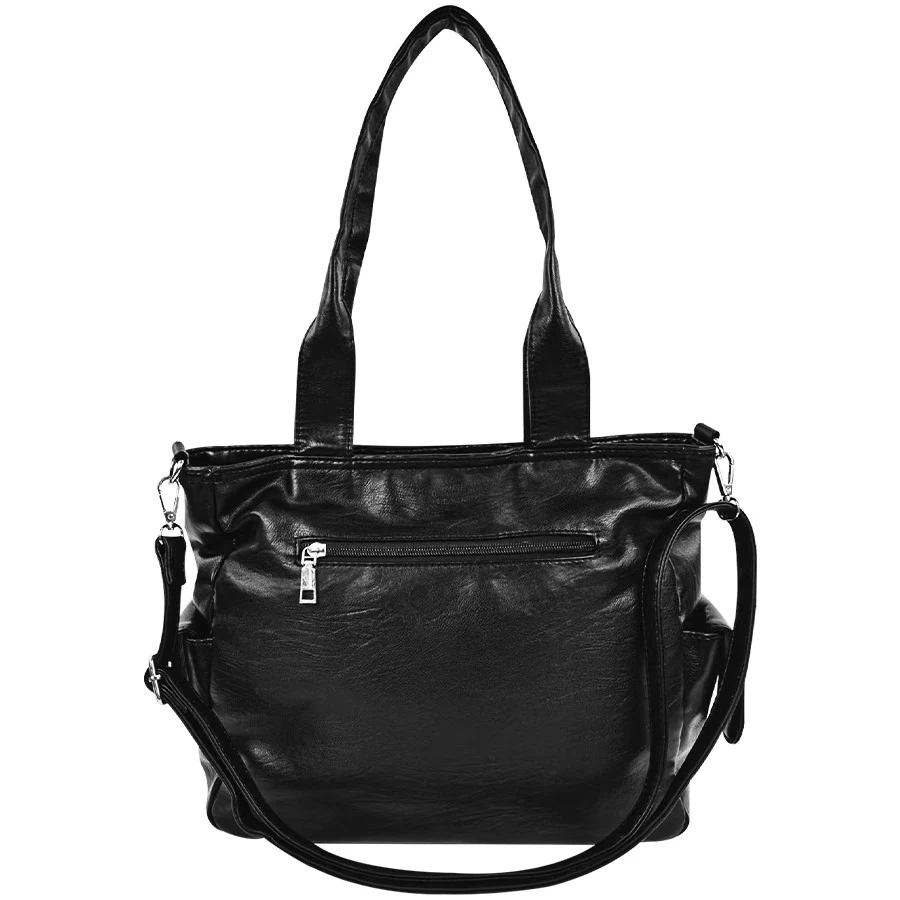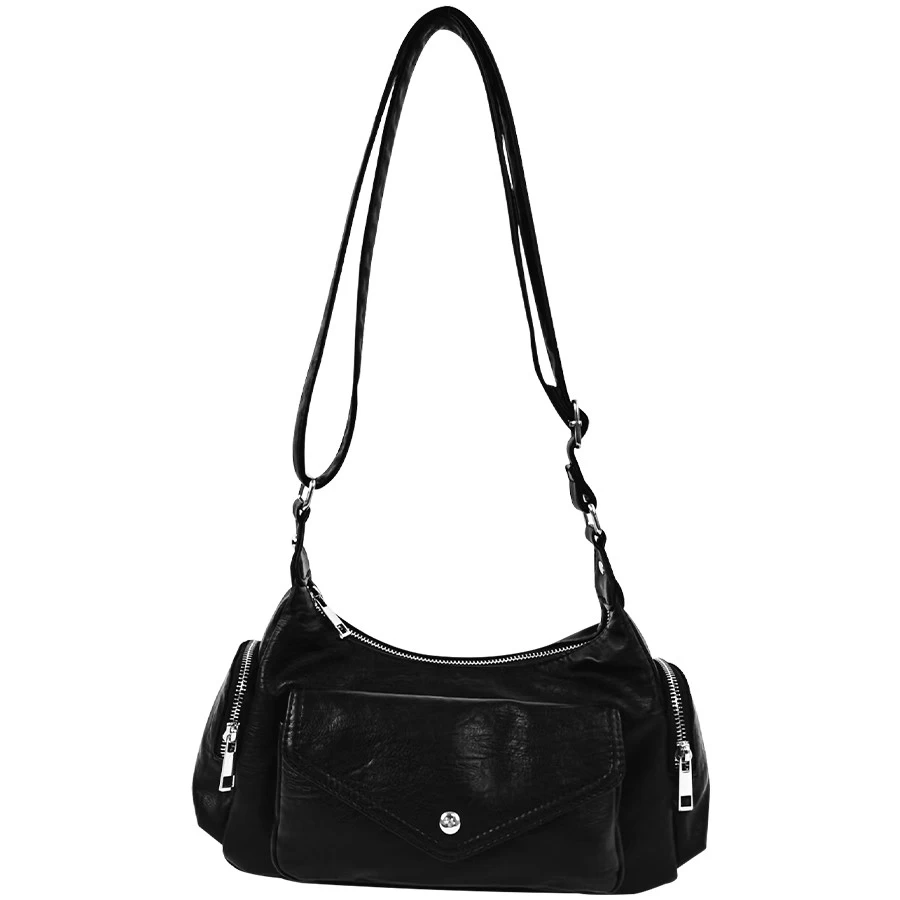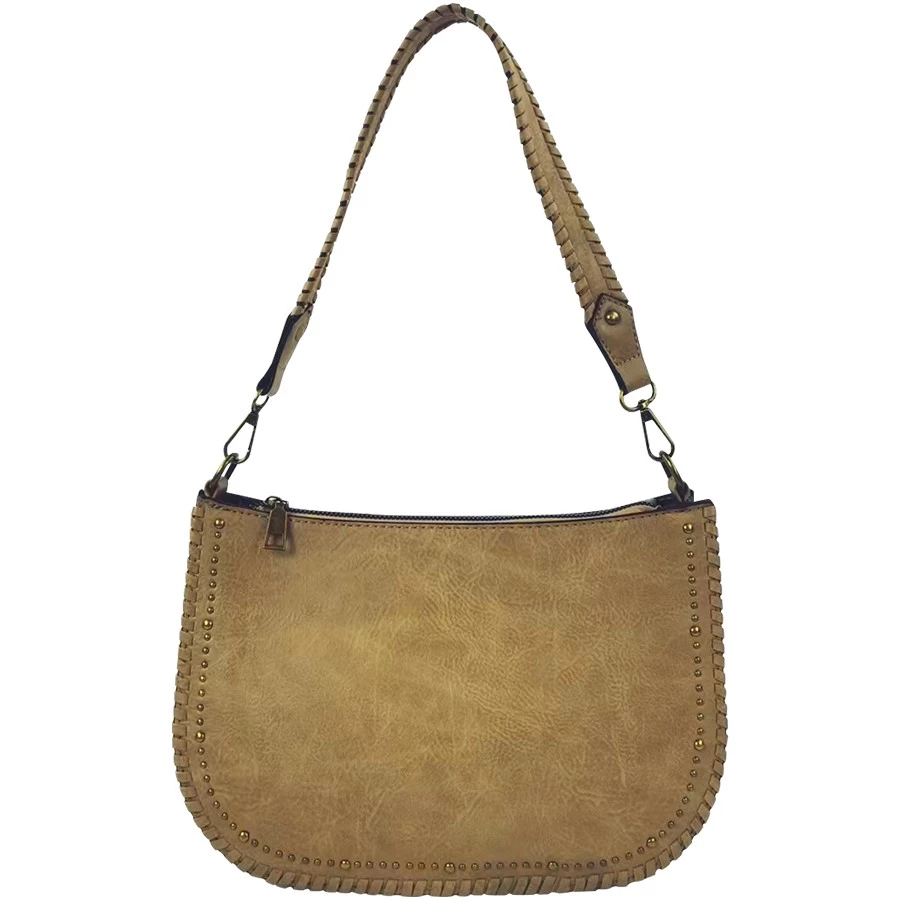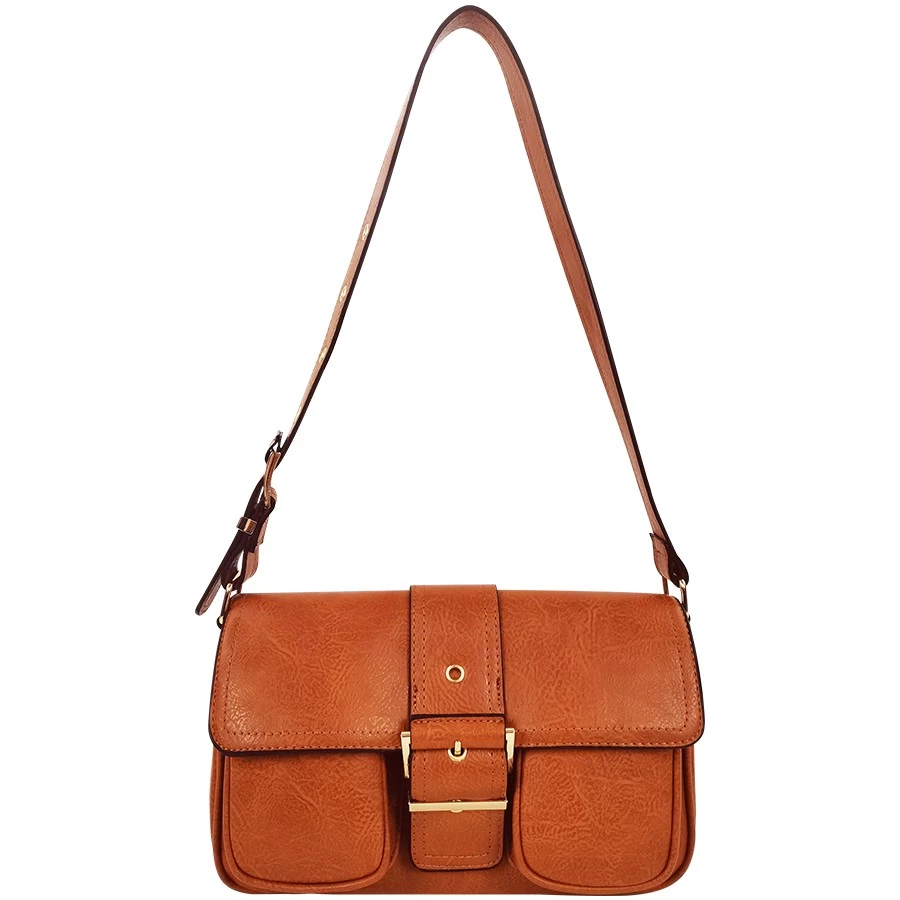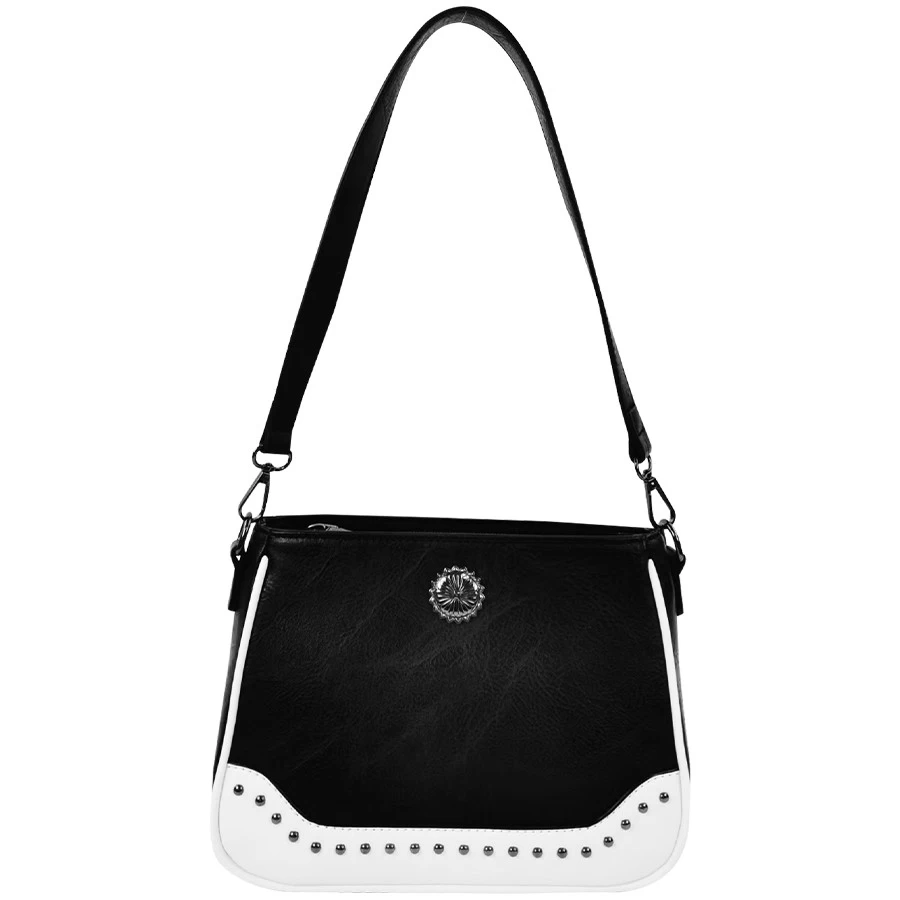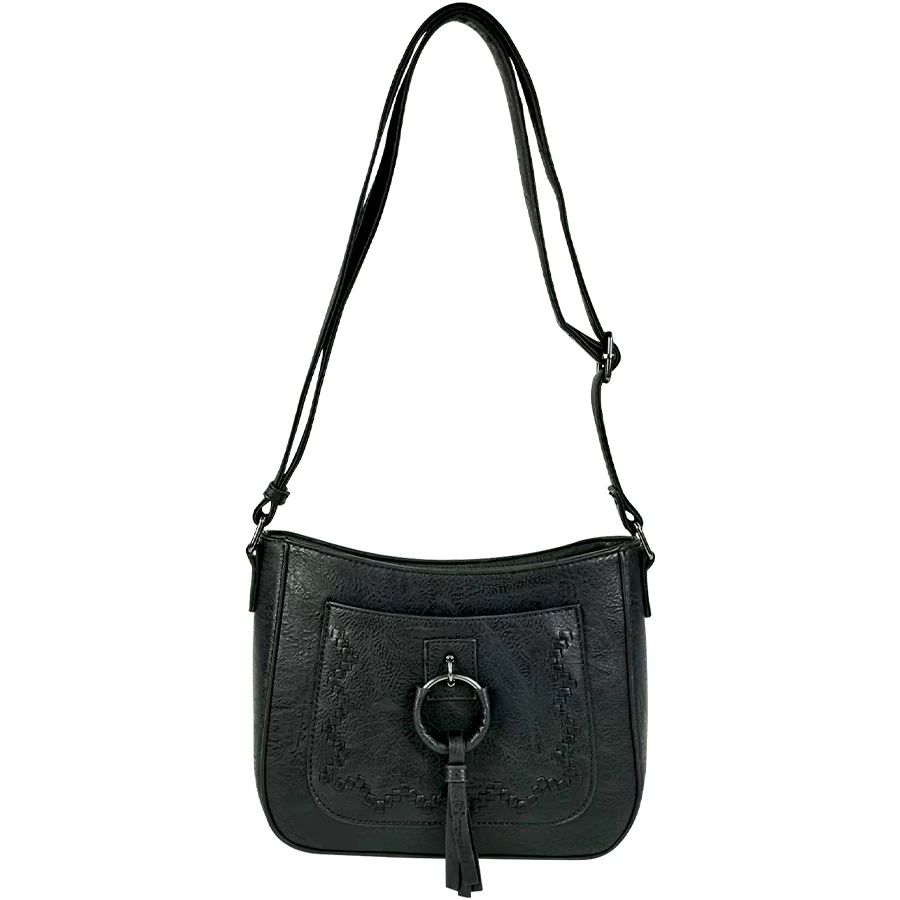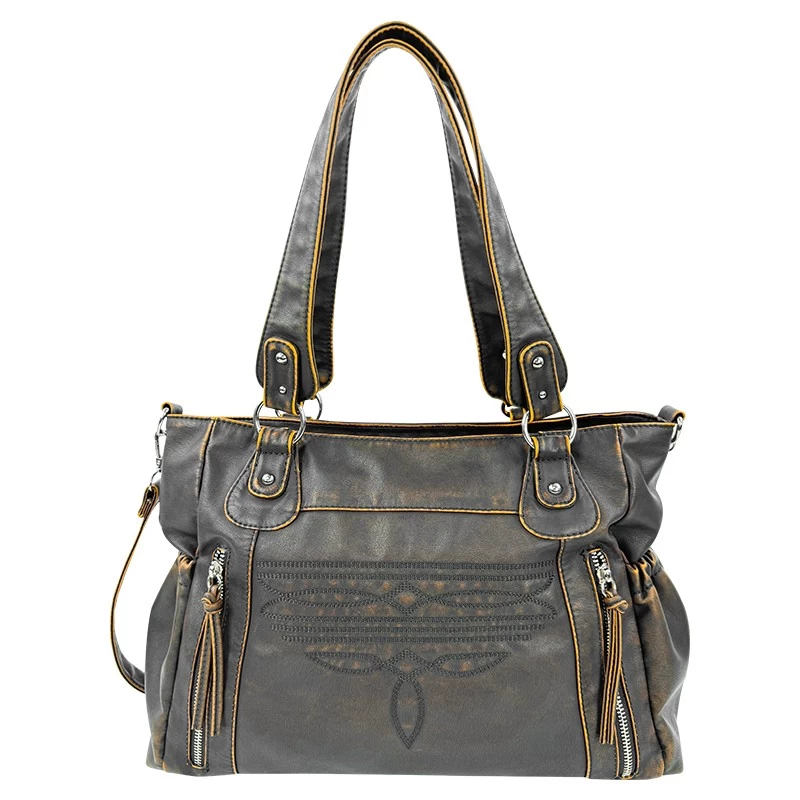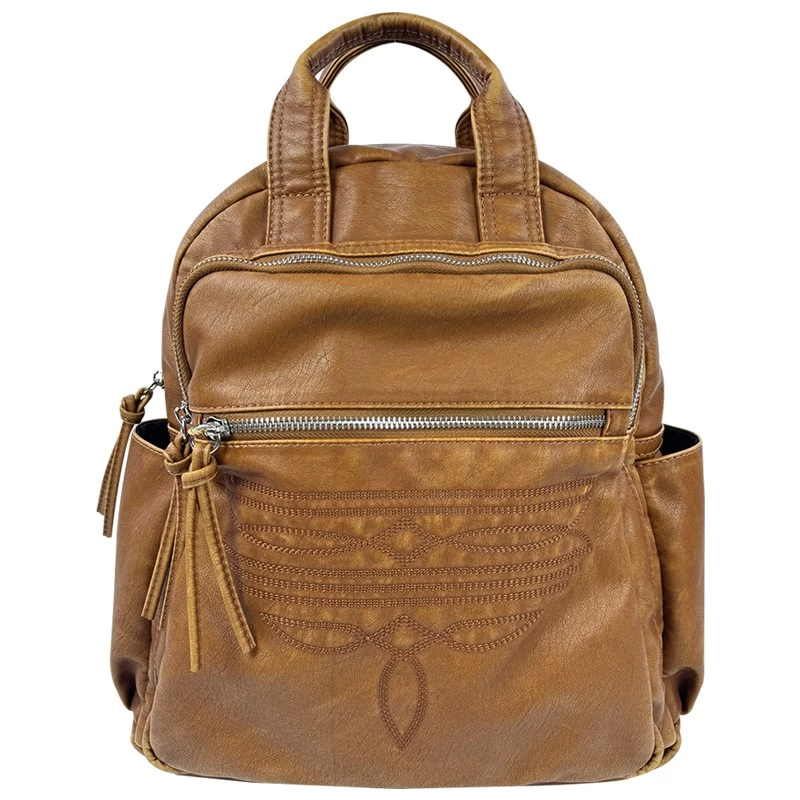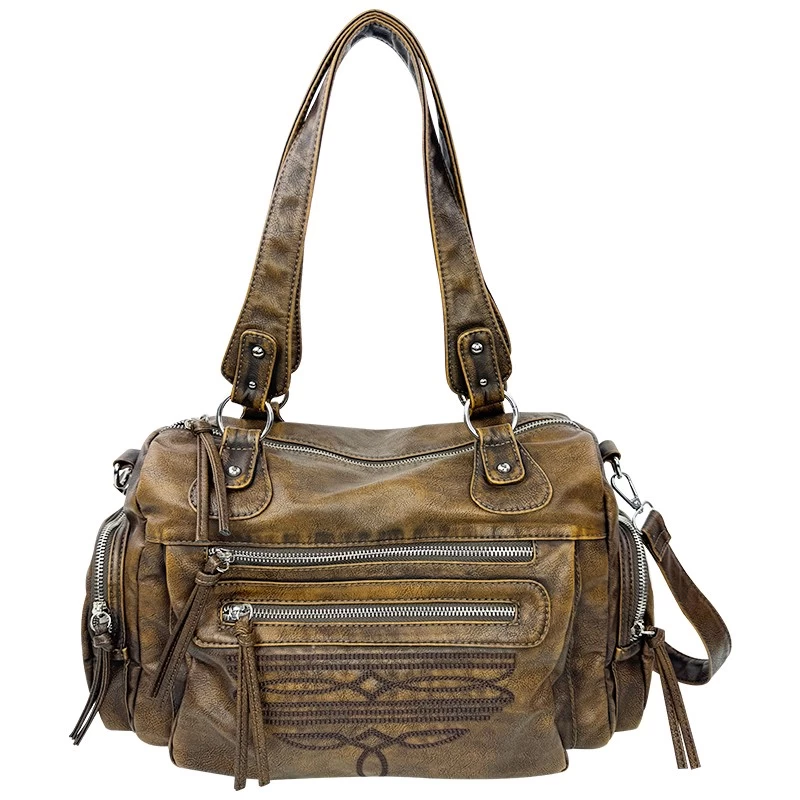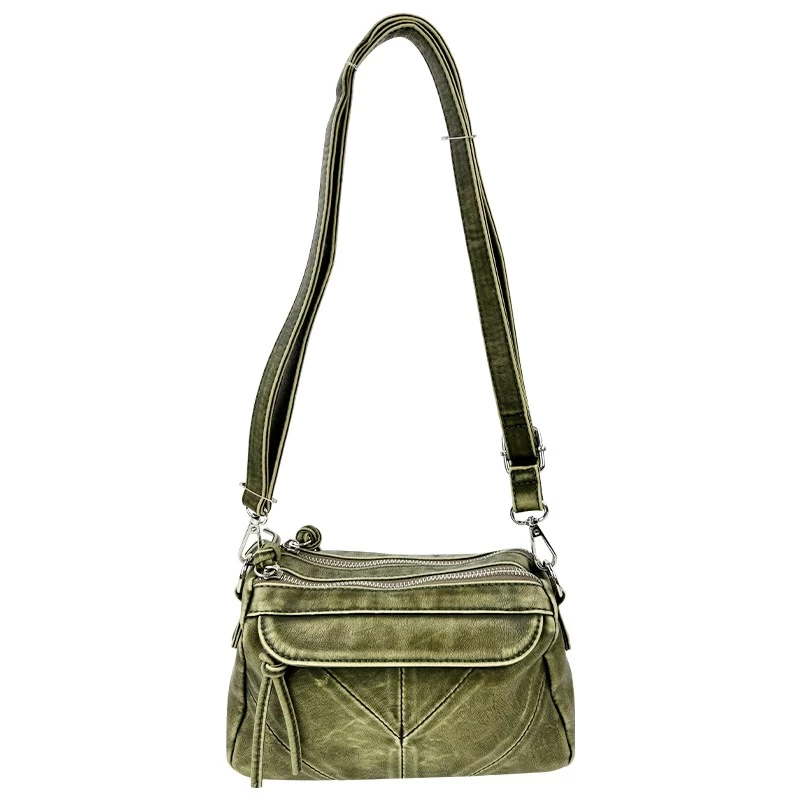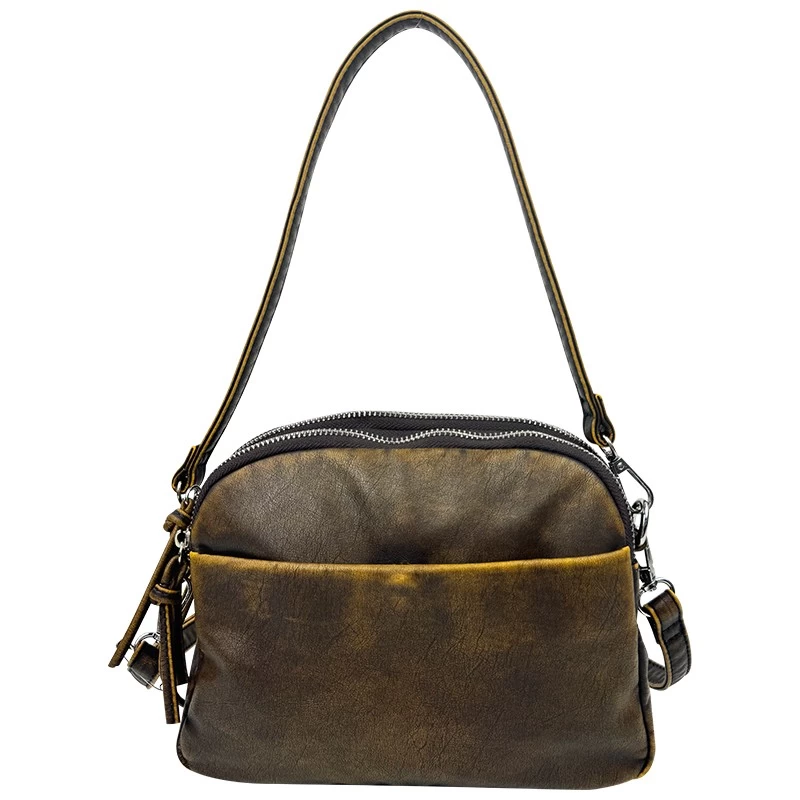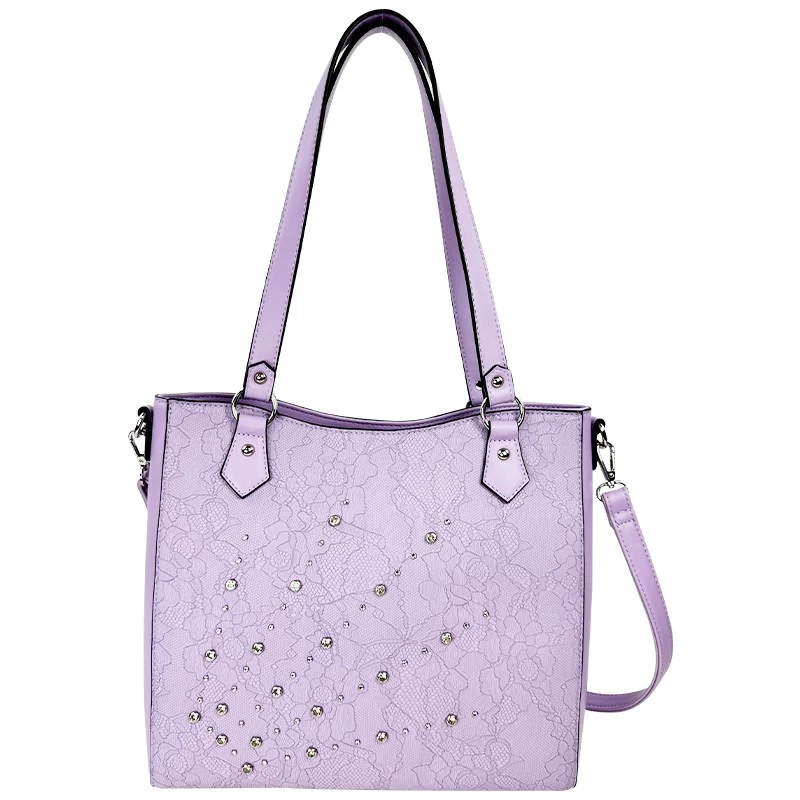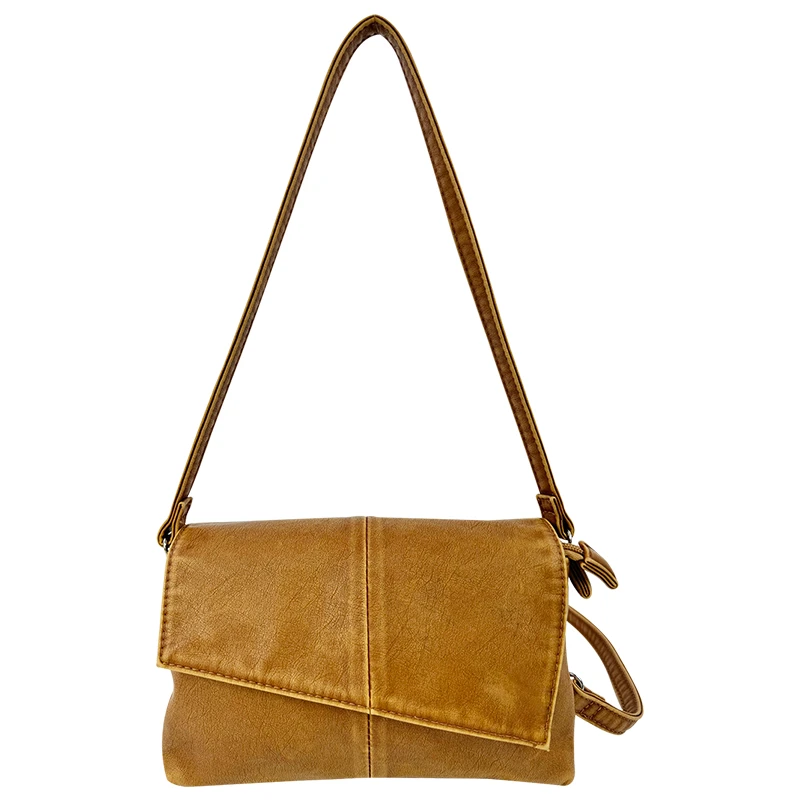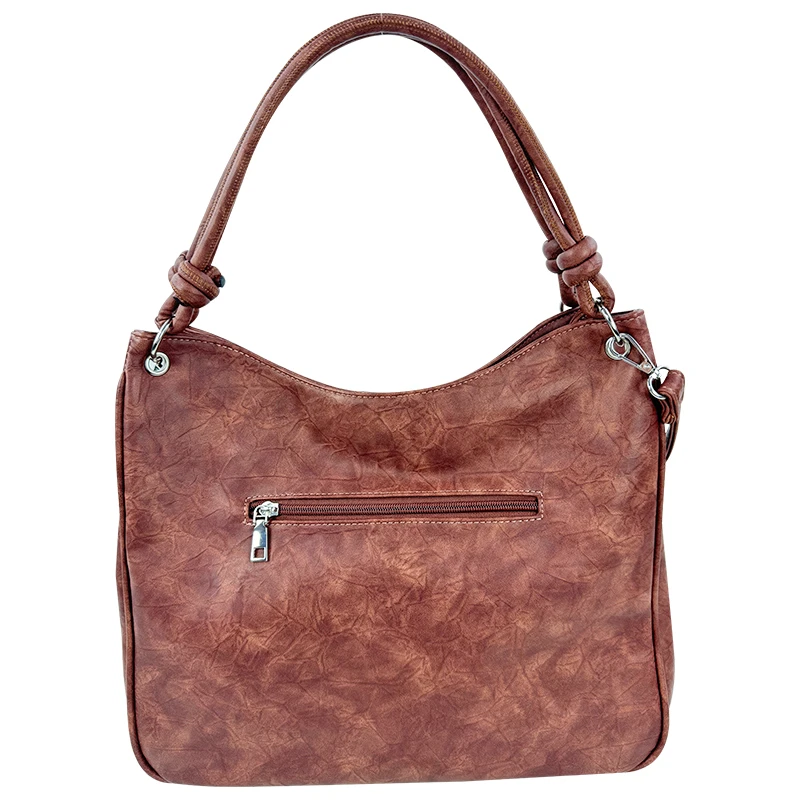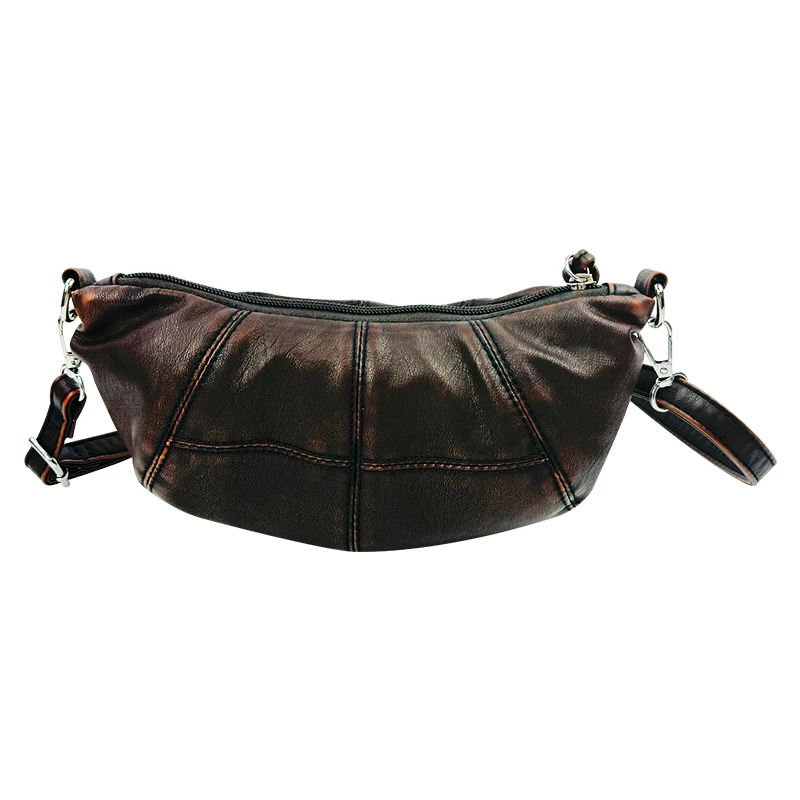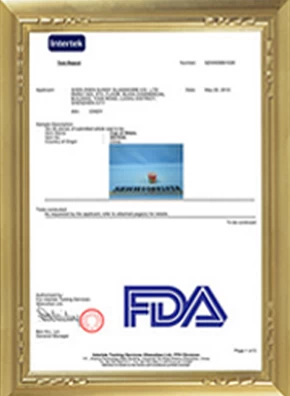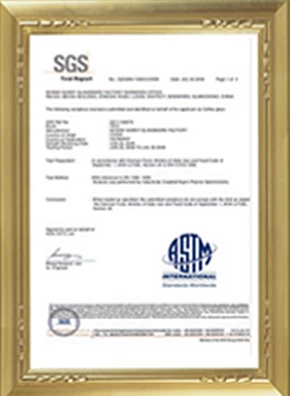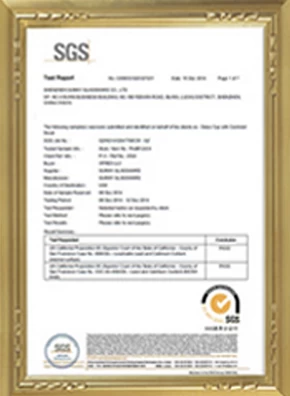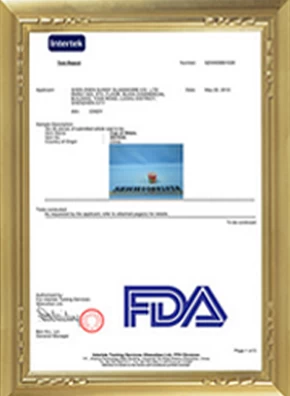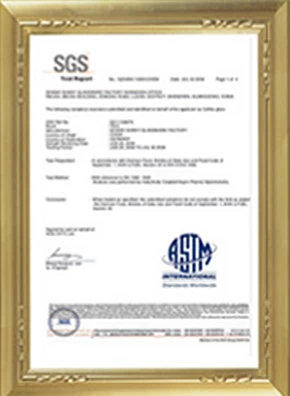Guide to luggage export: How to avoid return risks through customs compliance testing
With the increasing frequency of global trade, luggage, as an important consumer product, has great export market potential. However, as countries increasingly tighten their supervision of imported goods, luggage exporters face more and more challenges, especially in terms of customs compliance. This article will provide you with some practical suggestions to help you pass customs compliance testing and reduce the risk of returns.
1. Understand the regulatory requirements of the target market
Each country has different regulations and standards for imported goods.(Heavy Canvas Crossbody Bags bulk) Luggage exporters first need to understand the relevant requirements of the target market. This includes:
Product safety standards: Many countries have clear regulations on the materials, structure and safety of luggage. For example, the EU's restriction on chemical substances (REACH) and the US's safety standards for children's products (CPSIA).
Labeling requirements: Different countries have different requirements for product labels, including ingredients, origin, instructions for use, etc. Ensuring that labels comply with local regulations is an important step to avoid returns.
Tariff and tax policies: Understand the tariff policies of the target market and ensure that accurate commodity classification and valuation are provided at the time of customs declaration to avoid returns due to tariff issues.
2. Ensure product quality and compliance
Product quality is a key factor affecting the success of exports. (Tailored Size Crossbody Bags)T o ensure that the bags meet the requirements of the target market, you can take the following measures:
Conduct compliance testing: Before or during production, conduct necessary compliance testing to ensure that the products meet the standards of the target market. This can be done through a third-party testing agency.
Establish a quality management system: Implement a quality management system of international standards such as ISO to ensure the consistency and compliance of products during the production process.
Maintain good supply chain management: Work closely with suppliers to ensure that raw materials and production processes comply with relevant regulatory requirements.

3. Improve export documents and customs declaration materials
During the export process, accurate documents and customs declaration materials are the key to smooth customs clearance. Ensure the completeness and accuracy of the following documents:
Commercial invoice: Detailed information such as the description, quantity, unit price and total price of the goods.
Packing list: Clearly list the specifications, quantity and weight of each bag to facilitate customs inspection.
Certificate of origin: Provide the corresponding certificate of origin according to the requirements of the target market to enjoy tariff preferences.
Compliance certificate: If necessary, provide relevant compliance test reports and certification certificates.
4. Maintain good communication with customs
Maintaining good communication with customs can help you keep abreast of policy changes and compliance requirements. (Low MOQ Crossbody Bags china) It is recommended that you:
Consult customs regularly: understand the latest regulations and policies to ensure that your export operations always meet the requirements.
Participate in industry exhibitions and seminars: Through industry activities, obtain the latest market information and regulatory trends, and enhance your own compliance awareness.
Establish a professional team: If conditions permit, you can set up a dedicated compliance team to track and handle customs-related matters.
5. Strategies for dealing with return risks
Even if you are fully prepared, the risk of return still exists. To reduce this risk, you can adopt the following strategies:
Establish a return policy: clarify the return policy in the contract, ensure that customers understand the relevant terms, and reduce returns due to misunderstandings.
Provide high-quality after-sales service: handle customer feedback and complaints in a timely manner, enhance customer trust, and reduce the return rate.
Regular evaluation and improvement: Regularly evaluate the export process, identify potential risks and make improvements to ensure compliance and product quality.
By understanding the regulatory requirements of the target market, ensuring product quality and compliance, improving export documents and customs declaration materials, maintaining good communication with customs, and developing strategies to deal with return risks, luggage exporters can effectively reduce return risks and successfully enter the international market. I hope the suggestions in this article can help you on your luggage export journey and help you succeed in the global market.



